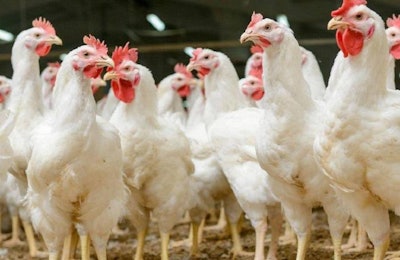
Sanderson Farms more than doubled its net income for the first quarter of fiscal year 2018, the company reported.
The net income rose to $51.2 million, for the three-month period ending January 31, which compared to a net income of $24 million for the first quarter of fiscal year 2017. The company’s net sales for the quarter amounted to $771.9 million, in increase from the $688.3 million for the first quarter of fiscal year 2017.
As a result of the company’s adoption of Accounting Standards Update 2016-09, Improvements to Employee Share-Based Payment Accounting, during the third quarter of fiscal 2017, the income tax expense on the statement of operations for the three months ended
Net income for the quarter reflects a one-time non-cash tax benefit of
“Our results for the first quarter reflect higher market prices for dark meat products sold from our big bird deboning plants compared with last year’s first quarter, offset by lower white meat prices,” said Joe F. Sanderson, Jr., chairman and chief executive officer of
According to Sanderson, overall market prices for poultry products were lower during the first quarter compared with the same period last year. Compared with the first fiscal quarter of 2017, the average prices of the company’s retail tray pack products were approximately 2.1 percent higher, boneless breast meat prices were approximately 2.8 percent lower, bulk leg quarters increased by approximately 15.9 percent, and jumbo wing prices were lower by 9.0 percent.
Impact of feed costs
The company’s average feed cost per pound of poultry products processed decreased approximately one half cent per pound, or 1.9 percent, compared with the first quarter of fiscal 2017, and prices paid during the quarter for corn and soybean meal, the company’s primary feed ingredients, increased 1.0 percent and decreased 3.5 percent, respectively, compared with the first quarter of fiscal 2017.
“Record corn and soybean crops harvested in
Updates on new facilities
Construction at Sanderson Farms’ new
The company also reached near full production at the its plant in

















